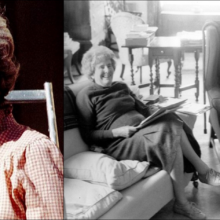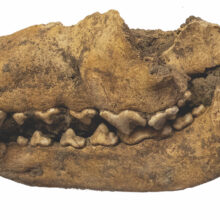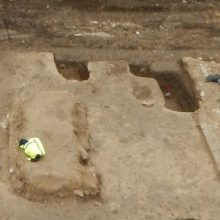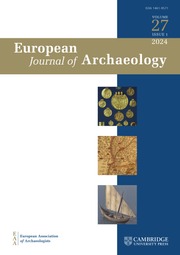-
- Get access
- Contains open access
- ISSN: 1461-9571 (Print), 1741-2722 (Online)
- Editor: Catherine J. Frieman Australian National University, Australia
- Editorial board
Articles cover a wealth of topics, ranging from major reviews of the prehistoric and historic archaeology of Europe and neighbouring regions, to reports on key archaeological discoveries set within a European context, to cutting-edge research and debates on science-based archaeology, archaeological method and theory, public archaeology and the history of archaeology, to interviews reflecting upon the life and work of significant European archaeologists.
All articles are published with short, accessible abstracts in English, French and German. Instructions for contributors are available here. Submissions should follow the style guidelines and total no more than 8,000 words (with bibliography).
To mark EAA 2024 in Rome, access a brand new collection of articles on Roman and European archaeology. Free to access (where not already OA) until 30 September 2024.
Latest content
Journal Blogs

-
Peggy Piggott and post-war British archaeology
- 29 July 2024,
- In the 2021 Netflix film The Dig, Peggy Piggott was portrayed as a young woman of moderate skill, very much stumbling into archaeology.…

-
Greyhounds of Late Iron Age Sweden
- 15 January 2024,
- In Late Iron Age Scandinavia, roughly 500-1100 CE, increasing numbers of people started going to the grave with animal companions. As a general rule, the higher...

-
Plague in Medieval Cambridgeshire
- 17 June 2021,
- Sometimes archaeologists are forced to study what they can identify, even when they recognize that it is not representative. One instance of this concerns burials...


Facebook
Facebook